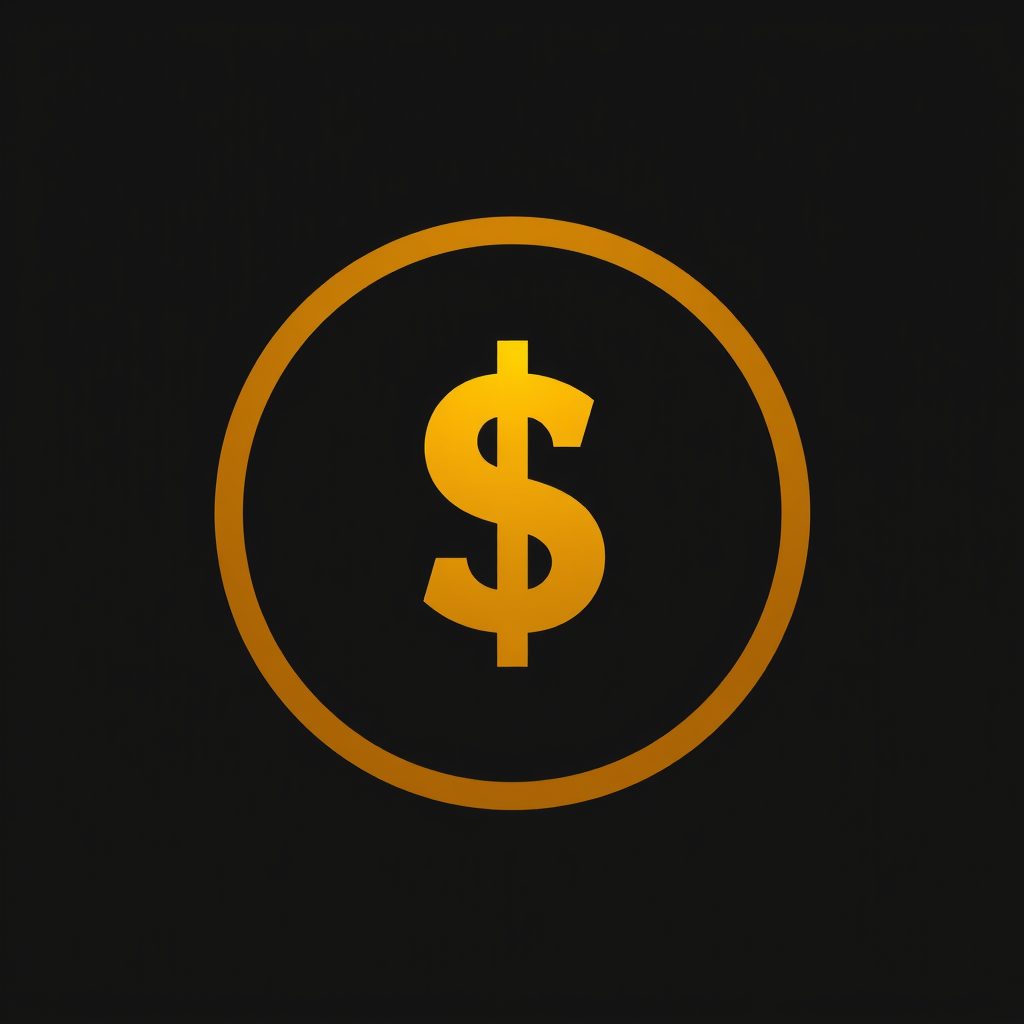By Cap Puckhaber | SimpleFinanceBlog.com
I’m Cap Puckhaber, a marketing professional, amateur investor, part-time blogger and outdoor enthusiast. Today we break down traditional and ROTH IRA and cover how you can decide which is best for you (or both!).
I remember the exact moment I decided to get serious about retirement. My 401(k) set up through work, and I was even dabbling in some stocks. I felt like I was checking the right boxes. But the more I read on sites like Yahoo Finance and The Motley Fool, the more I realized I was missing a huge piece of the puzzle, specifically about traditional and ROTH IRA options. I’m Cap Puckhaber, and if you’re staring at a wall of financial acronyms like 401(k), 403(b), and IRA feeling totally lost, then this post is for you.
When I first started, I was overwhelmed. A quick search for “best retirement accounts” threw a dozen terms at me that sounded like a foreign language. I didn’t know a SEP from an annuity, and I certainly didn’t know which one was right for me. It took a lot of reading, asking questions, and frankly, some trial and error to figure it all out.
So today, I want to cut through the noise. We’re going to break down Individual Retirement Accounts (IRAs) from the ground up. We’ll cover the two most common types—Traditional and Roth—and dig into their tax benefits. Most importantly, I’ll share my own story, including why I chose the account I did and what I learned when I left my last job and had to decide what to do with my old 401(k). Let’s walk through it, person to person.
What in the World is an IRA, Anyway?
Before we get into the weeds, let’s clear something up. An Individual Retirement Account, or IRA, isn’t an investment itself. It’s just the basket you use to hold your investments. Think of it like a special savings account with powerful tax advantages designed specifically for retirement. You can put all sorts of things inside that basket: stocks, bonds, mutual funds, and ETFs.
The two most popular types of IRAs are the Traditional IRA and the Roth IRA. The Roth IRA is actually the newer kid on the block, created back in 1997 and named after Senator William Roth. The whole point was to give regular working folks like us more flexibility and control over our retirement savings. And it worked. For young investors and people who want to shield their future earnings from taxes, it’s become a go-to strategy.
The Two Main Flavors: Traditional vs. Roth
This is where most people get stuck. The choice between a Traditional and a Roth IRA boils down to one simple question: Do you want to pay taxes now or later?
The Traditional IRA: A Tax Break Today
A Traditional IRA is pretty straightforward. You contribute money to the account, and you might get to deduct those contributions from your income for the year. This means you could lower your tax bill right now, which is a pretty nice perk.
Here’s how the benefits stack up:
- A Potential Tax Deduction: The money you put in may be deductible on your tax return. This is a big deal if you’re in a high tax bracket today and want to reduce your taxable income.
- Tax-Deferred Growth: Your investments inside the account grow without you having to pay taxes on the interest or earnings each year. The tax bill is postponed.
But here’s the catch. When you eventually pull that money out in retirement, your withdrawals are taxed as regular income. You’re basically deferring the tax man, not avoiding him completely.
The Roth IRA: Tax-Free Money in Retirement
A Roth IRA flips the script. You contribute money that you’ve already paid taxes on. Because of that, you don’t get an immediate tax deduction. It feels like you’re not getting a benefit at first, but the real magic happens down the road.
Check out the advantages:
- Tax-Free Growth and Withdrawals: This is the main event. Your money grows completely tax-free. When you take it out in retirement, you won’t owe a single penny in taxes on your contributions or your earnings. You have to be at least 59½ and have had the account for five years, but that’s a small price to pay for tax-free income.
- No Required Minimum Distributions (RMDs): With a Traditional IRA, the government eventually forces you to start taking money out at age 73. A Roth IRA has no such rule. You can let your money keep growing for your entire life if you want to.
This flexibility is one of the main reasons I opened my Roth IRA in the first place.
Let’s Talk Numbers: Contribution Rules
The IRS sets limits on how much you can put into an IRA each year. For 2024, you can contribute up to $7,000 if you’re under 50. If you’re 50 or older, you get to make a “catch-up contribution,” bringing your total to $8,000.
However, there are some rules to watch out for, especially with a Roth IRA. Your ability to contribute directly is based on your income. If you earn too much, you might be phased out. While anyone can contribute to a Traditional IRA, the ability to deduct your contributions also depends on your income, especially if you have a retirement plan at work.
You can make contributions for a specific tax year right up until the filing deadline, which is usually April 15th of the following year.
My Journey: How I Chose and Use My IRA
After I had my 401(k) running for a few years, I knew I needed something more. My 401(k) was great, but the investment options were limited, and I wanted another tool for tax planning. That’s when I started looking seriously at IRAs. I was pretty early in my career, so my income wasn’t sky-high. My tax bracket was relatively low.
I started playing around with a Roth vs. Traditional 401k calculator online. It helped me visualize the long-term impact of paying taxes now versus later. For me, the choice became obvious. It made way more sense to pay taxes on my contributions while I was in a lower tax bracket and let all that future growth be tax-free. So, I went with the Roth IRA.
A few years later, I left my company and faced a new decision: what to do with my old 401(k)? I could have left it there, but I wanted more control. I looked into rolling it over into my IRA. This is a common strategy that lets you consolidate your retirement accounts and manage them in one place. It simplifies everything.
The Roth IRA has also come in handy in other ways. The IRS actually lets you withdraw up to $10,000 of your earnings tax-free and penalty-free for a first-time home purchase. That little rule helped me pull together enough for my first down payment. It’s a fantastic feature that adds a layer of flexibility you don’t get with many other retirement accounts.
The Head-to-Head Matchup: Which IRA Is for You?
Choosing between these two accounts really depends on your personal situation. There’s no single right answer, but you can figure it out by asking yourself a few key questions.
Think of it this way: a Traditional IRA is like getting a discount on a concert ticket today but having to pay a fee at the door when you arrive. A Roth IRA is like paying full price for the ticket upfront and then walking in for free.
Here’s what to consider:
- Where are your taxes headed? If you think you’ll be in a higher tax bracket in retirement, the Roth IRA is probably your best bet. Paying taxes now at a lower rate is a smart move. If you’re at the peak of your earning years and expect your income to drop in retirement, the Traditional IRA’s upfront deduction might be more valuable.
- Do you need a tax break this year? If you’re looking to lower your taxable income right now, the Traditional IRA is the only one that can do that.
- How much do you value flexibility? The Roth IRA lets you withdraw your contributions (not earnings) at any time without tax or penalty. Plus, with no RMDs, you have total control over your money in retirement. That’s a huge advantage.
Getting Started: Your Next Steps
Feeling ready to take action? Opening an IRA is easier than you think.
- Choose a Brokerage: Look for a provider with low fees and a wide range of investment options. Reputable companies like Fidelity, Charles Schwab, and Vanguard are all excellent choices. I personally use Fidelity and have found their platform easy to navigate.
- Fund the Account: You can open an account with a small initial deposit and then set up automatic contributions. Consistency is key.
- Pick Your Investments: Remember, the IRA is just the basket. Now you have to fill it. If you’re just starting out, you can’t go wrong with a simple, low-cost S&P 500 index fund or a target-date retirement fund. These funds are diversified and designed to be a “set it and forget it” solution. For more in-depth research on funds, I often turn to resources like Morningstar.
Your Financial Future is in Your Hands
Look, retirement accounts aren’t a magic ticket to becoming a millionaire overnight. But an IRA, especially a Roth IRA, is one of the most powerful and straightforward tools you have to build long-term, tax-free wealth. It’s a strategy that financial experts like Dave Ramsey have recommended for years for a reason.
Let’s quickly recap:
- A Traditional IRA gives you a potential tax break now, but you pay taxes on withdrawals later.
- A Roth IRA requires you to pay taxes now, but your money grows and can be withdrawn completely tax-free in retirement.
I wish I had started my Roth IRA sooner. I didn’t open mine until I was nearly 30, and I feel like I’m still playing catch-up. If you’re just starting your journey now, you’re in an amazing position. Take the time to explore your options, use the calculators out there, and most importantly, take action.
This stuff can seem confusing at first. But once you get the hang of it, you’ll see that an IRA is a reliable and effective way to prepare for your future.
See you in retirement.
Disclaimer: I am a blogger and amateur investor, not a licensed financial advisor. The information in this post is for educational purposes only and should not be considered financial advice. Please consult with a qualified professional before making any investment decisions. For more detailed information, you can visit authoritative sources like Investopedia’s guide on IRAs or the official IRS page on retirement plans.
Cap Puckhaber’s latest take on The Economy and the Stock Market: A Guide for Investors
Check out my latest blog The Ultimate Guide to the Best Investing & Crypto Apps for Beginners
New to Simple Finance S&P 500 for Beginners: A Guide to History, Performance, and Risk
Cap Puckhaber’s latest take on Bond Investing for Beginners: A Plain English Guide
Check out my latest blog A Beginner’s Guide to Passive Income and Dividend Investing
Investing Blog for Beginners
Hosted by Cap Puckhaber of Black Diamond Marketing Solutions, this investing blog offers daily articles on investing, savings, bonds, interest rates, mortgages, and more.



About the Founder / Author
Cap Puckhaber is a seasoned marketing strategist and finance writer, based in Reno, Nevada with over 20 years of experience investing, marketing and helping small businesses grow.
He offers expert advice on how to save for retirement, how to use a retirement calculator and the difference between T-Bills and CDs.
He shares actionable insights on how to promote your business locally for free and on trending platforms like X.
He shares his personal investment journey, how to use trade volume to predict breakouts, and his take on covered call strategies.

Follow Cap Puckhaber Online
Connect with Cap Puckhaber on Facebook
See Real-Time Thoughts on X
Read In-Depth Articles on Medium
Subscribe to Cap Puckhaber’s Substack Newsletter
Follow Cap Puckhaber’s Company Page on LinkedIn
View Our Agency Profile on DesignRush
See Cap Puckhaber’s Agency on Agency Spotter
Explore Technical Projects on GitHub
See Cap Puckhaber’s Creative Portfolio on Behance
Learn more about my company on Crunchbase
Join Cap Puckhaber’s Conversation on BlueSky
Follow My Updates on Mastodon

Backpacker, Marketer, Investor, Blogger, Husband, Dog-Dad, Golfer, Snowboarder
Cap Puckhaber is a marketing strategist, finance writer, and outdoor enthusiast from Reno, Nevada. He writes across CapPuckhaber.com, TheHikingAdventures.com, SimpleFinanceBlog.com, and BlackDiamondMarketingSolutions.com.
Follow him for honest, real-world advice backed by 20+ years of experience.

